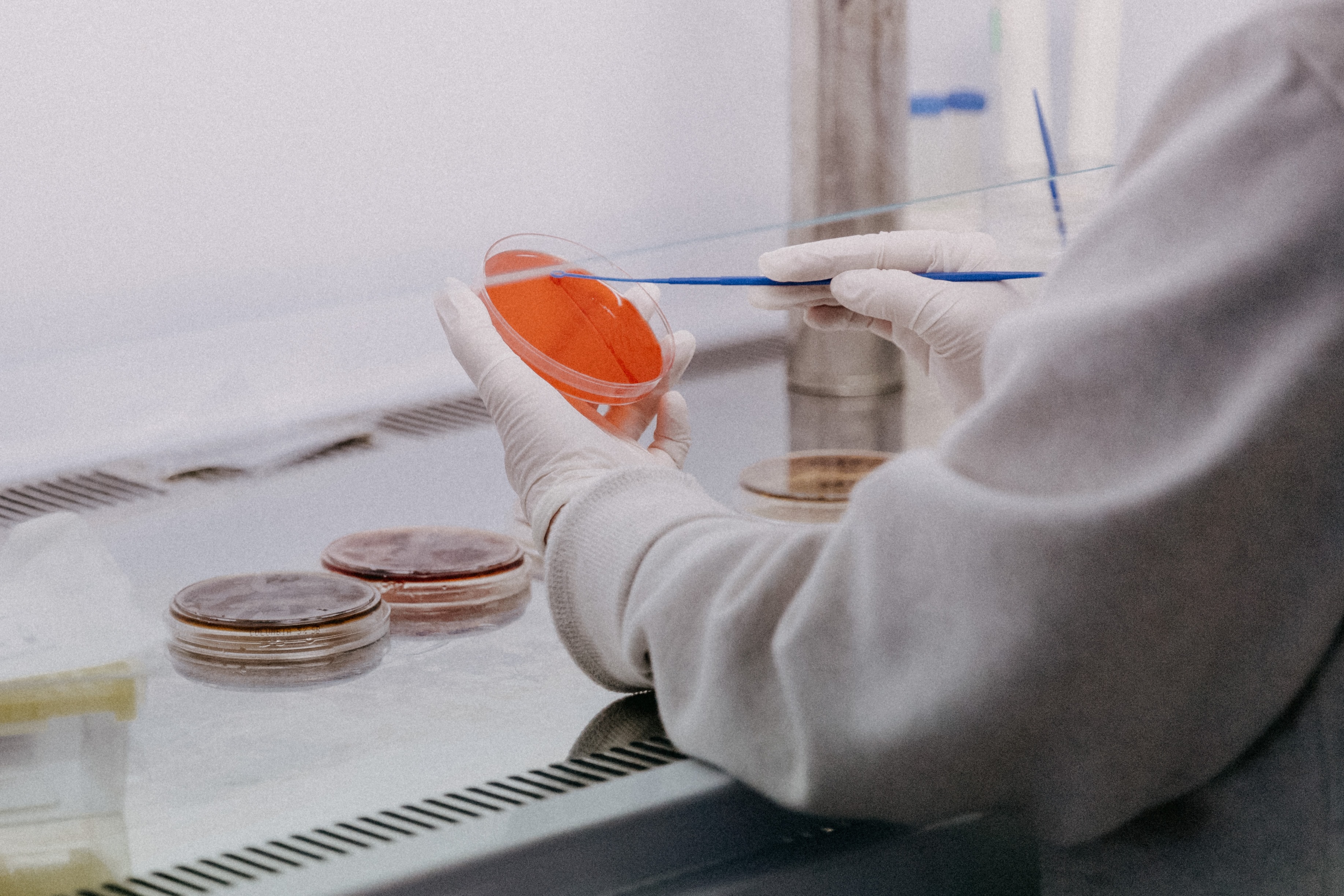
Data Updates
| High-income country confirmed dose total: | 4.2 billion |
| Upper-middle-income country total: | 1.2 billion |
| Lower-middle-income country total: | 582 million |
| Low-income country total: | 670 million |
| COVAX total: | 1.11 billion |
| Total worldwide confirmed purchases of Covid-19 vaccines: | 7.8 billion doses |
Weekly Insights and Interesting Trends
COVAX released draft allocations for the first half of 2021
The COVAX partnership released last week its first estimates of dose allocations for participating countries, covering planned deliveries from February through June. These are labeled as “indicative,” meaning the estimates are non-binding and subject to a list of caveats provided in both the distribution forecast and the supply update released in January. In fact, the language surrounding both documents seems on balance to contain more hedging than forecasting.
This is largely because allocations and delivery timelines will depend on factors out of COVAX’s control, including manufacturing partners successfully meeting their targets and WHO EUL status for the vaccines. (Only the Pfizer-BioNTech vaccine so far has received EUL listing by the WHO.) The Oxford- AstraZeneca vaccine produced by the Serum Institute of India will undergo regulatory review separately from the vaccine produced by AstraZeneca. Both of these vaccines are currently under EUL review, with decisions expected in February.
Canada, New Zealand, and Singapore were the only wealthy countries to request allocations in this first COVAX delivery: Canada is estimated to receive 1.9 million doses of the Oxford-AstraZeneca vaccine, New Zealand will receive nearly 250,000, while Singapore is set to receive 288,000. As Canada and New Zealand have both made bilateral deals sufficient to cover than their populations multiple times, their COVAX requests were noted with some surprise (and criticism).
However, it is important to remember that doses on paper are not the same as doses in hand. New Zealand has purchased more than 20 million doses for its population of just under 5 million people but has yet to receive any. Canada purchased the most per capita of any country (enough to vaccinate its population 5 times) but these have been only trickling in and less than 3 percent of Canadians have been vaccinated so far. (See this Washington Post article for more of our take on this.)
For many of the recipient countries, the shipments coming through COVAX in the next few months will be their first shipment of vaccines. Even with all of the hedging and uncertainty, this is a hopefulmoment in the race for global equity. Many countries will be able to begin vaccinating their most vulnerable people with these doses.
COVAX is a critical part of the solution but we must remember that it is not the whole solution. Even if COVAX delivers 20 to 30% coverage in the next year, many countries will still not have access to enough vaccines to reach herd immunity. As immediate next steps, wealthy countries should commit to donating doses in parallel with their own vaccination campaigns, so that vulnerable populations are covered at the same time the world over. To improve local supply and distribution channels globally, rich countries and multilateral donors need to invest to increase manufacturing capacity in low- and middle-income countries.
Interesting Trends
Significant updates, changes, and trends we saw last week:
- We are posting a new interactive map on our website this week that shows the percentage of population coverage by country by month, starting with the first deals in May 2020.
- The Lancet published Sputnik V data from a large-scale Phase III trial in Russia demonstrating 91.6% efficacy. The vaccine recently received approval in Armenia, and emergency-use authorization in Tunisia, Mexico, Nicaragua, and Lebanon.
- COVAX released initial allocations expected to be delivered in the first half of 2021, with shipments to begin in late February or March (our take on this below).
- Bayer and Rentschler will help to produce CureVac’s vaccine, expected to ramp up in 2022.
- Vaccine fraud is emerging all over the globe. Last week, 80 people were arrested in China, suspected of creating more than 3,000 doses of fake Covid-19 vaccine.
- Pfizer-BioNTech withdrew their application for emergency authorization in India, after it seemed unlikely to be approved without locally generated data on safety and efficacy.
- A pre-print study indicates that the first dose of the Oxford-AstraZeneca vaccine provides 76% efficacy and 100% protection against severe disease for 90 days.
- The UK is now recruiting for a trial that will test a combination of the Pfizer-BioNTech and Oxford-AstraZeneca vaccines, potentially adding Novavax and Janssen to the mix if they are approved. AstraZeneca and RDIF are also recruiting in multiple countries for a trial testing one shot each of the Oxford-AstraZeneca and Sputnik V vaccines.
- South Africa has postponed the launch of their immunization campaign, set to begin this week with the Oxford-AstraZeneca vaccine, after a trial found that it may be less effective against the South African variant. Oxford University is developing a version that targets the variant but it likely will not be available until third quarter 2021.
- Sinovac released data from Phase III trials in Brazil and Turkey, which indicate 51% efficacy, with 84% protection against cases needing treatment, and 100% protection against severe disease. China has granted the vaccine conditional approval for use in the general public and Indonesia approved it for use in the elderly.
For more information on this research and our findings, please go to https://launchandscalefaster.org/COVID-19.
